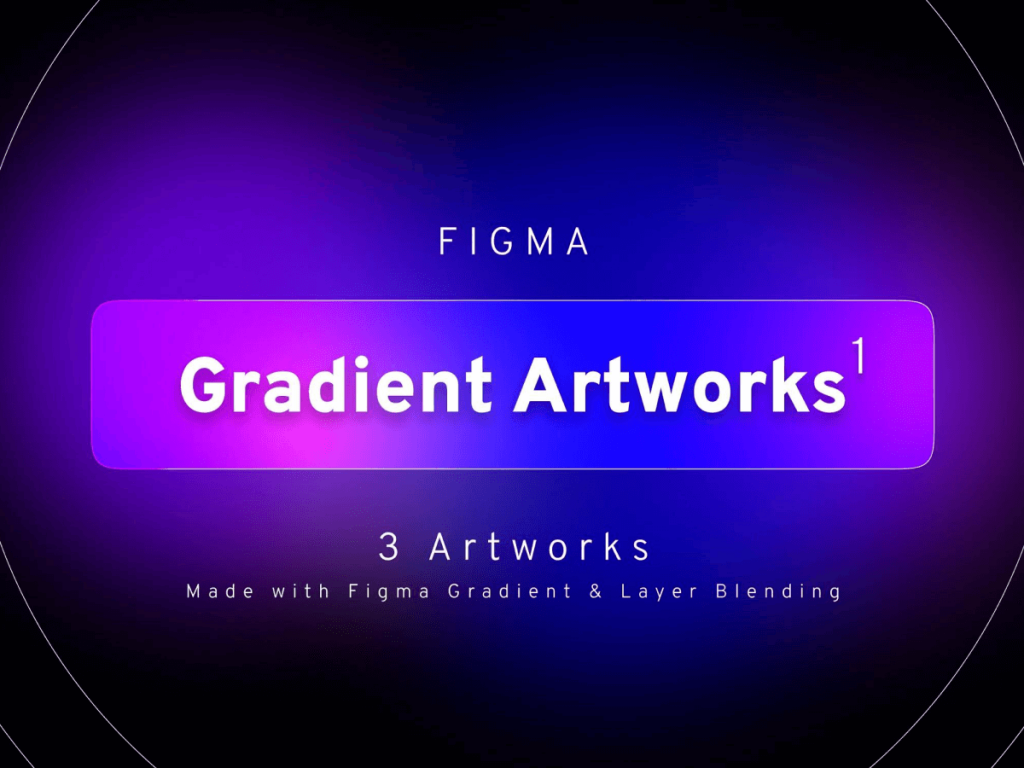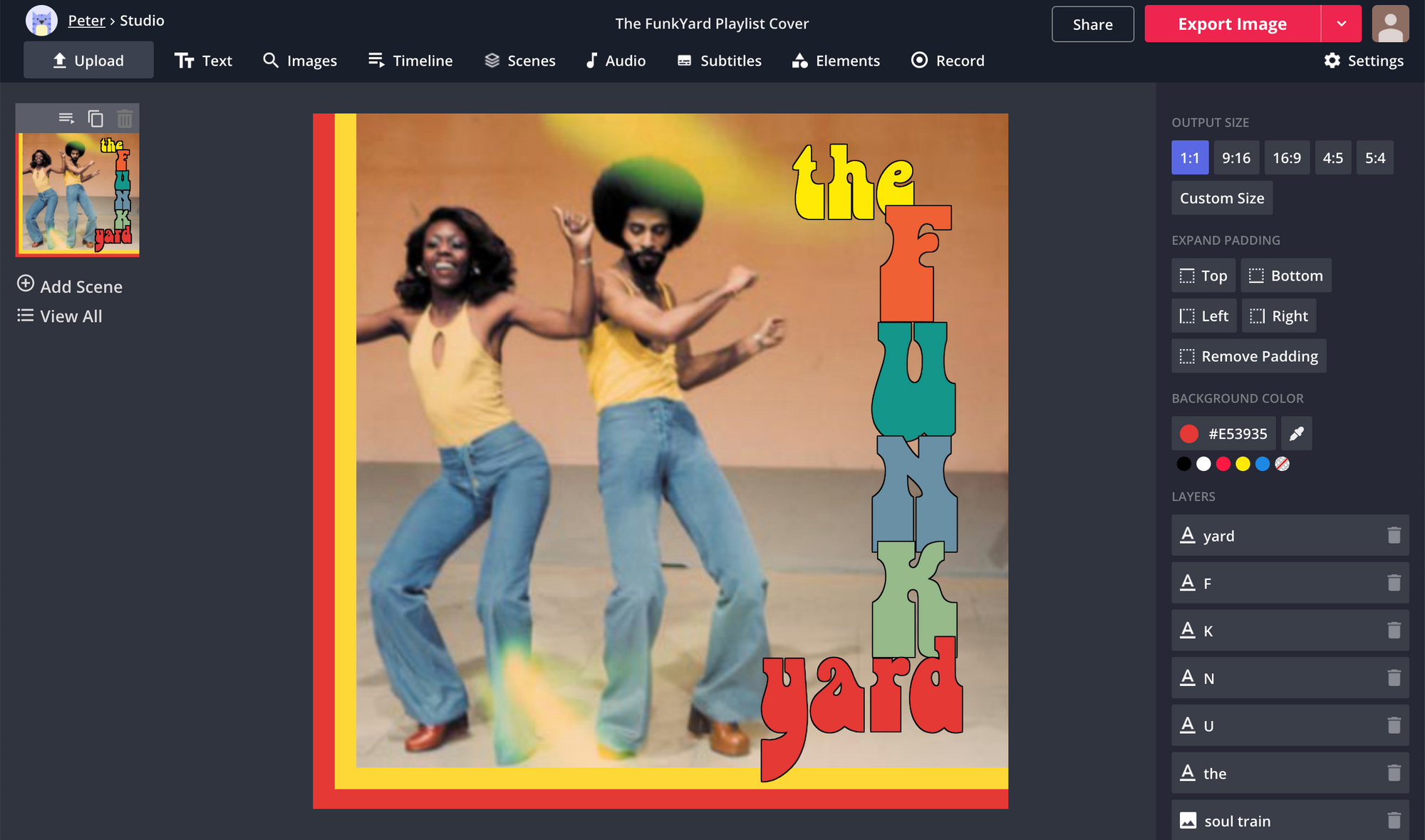

Special shout-out to all our Principal-level designers for contributing to this work, and to Marina Posniak, Heiko Winter, Shamik Ray, and Juli Sombat for this post.Spotify Green should only ever sit on white black or a non-duotoned photograph. But we hope that “relevant, human, and unified” convey what we aspire to achieve in our products-and that these principles serve as constant reminders to do better. When we started this project, our hunch was that in order to have useful conversations about quality, we needed a shared understanding of what it meant to design “in the Spotify way.” So have our new principles impacted quality? It’s too soon to say. We’ll continue looking into this as part of ongoing efforts to improve our design processes, tools, and resources for designers. It still takes some conscious effort to refer to the principles during critique, but over time we’re hoping it becomes more second nature.


This suggests the new principles are more applicable and easier to remember, compared to the six principles we had before.ĭesigners are (sometimes) referring to the principles when reviewing work, but there’s room for improvement on this front. A recent survey (run by our fab design ops team) indicates that yes, designers know about Relevant, Human, and Unified, and that they consider these principles when designing. The good news is that most designers are now aware that Spotify has design principles. Now that we’ve rolled out the principles, what’s changed? What kind of values and design attributes should we aspire to when designing? What should the product feel like? The real challenge was defining what the new principles should be. Why are we creating these design principles?Īfter some lively debate, we agreed that principles serve as a framework to create and evaluate work-they can help product designers make design decisions, and give us a shared language for design critiques. We used three guiding questions to keep us focused: The aim was to get contributions from everyone in the group, instead of having one person articulate “this is what Spotify design should be.” Last year, the members of our working group-about a dozen product designers and UX writers-got together to tackle this in a collaborative workshop. In short, the old principles needed a refresh. A smaller set would be easier to apply in practice. Overlapping concepts: Principles like “lagom” and “do less” were potentially overlapping, making them difficult to explain and use in assessing our work.ĭifficult to remember: From our surveys and feedback from designers, we learned that there were just too many principles to keep track of. Looking at the existing principles, we asked ourselves: Do they still feel true to all of the things we design? Are designers at Spotify even aware of them? The answer was.no.įocused on consumer music experience: Spotify has grown, and the principles didn’t seem applicable to everything we design. We’ve grown into an audio first company and doubled down on podcasts we create products for listeners, artists, and advertisers and we went from a handful of designers to almost 200. Now, in 2020, Spotify has changed quite a bit.


 0 kommentar(er)
0 kommentar(er)
